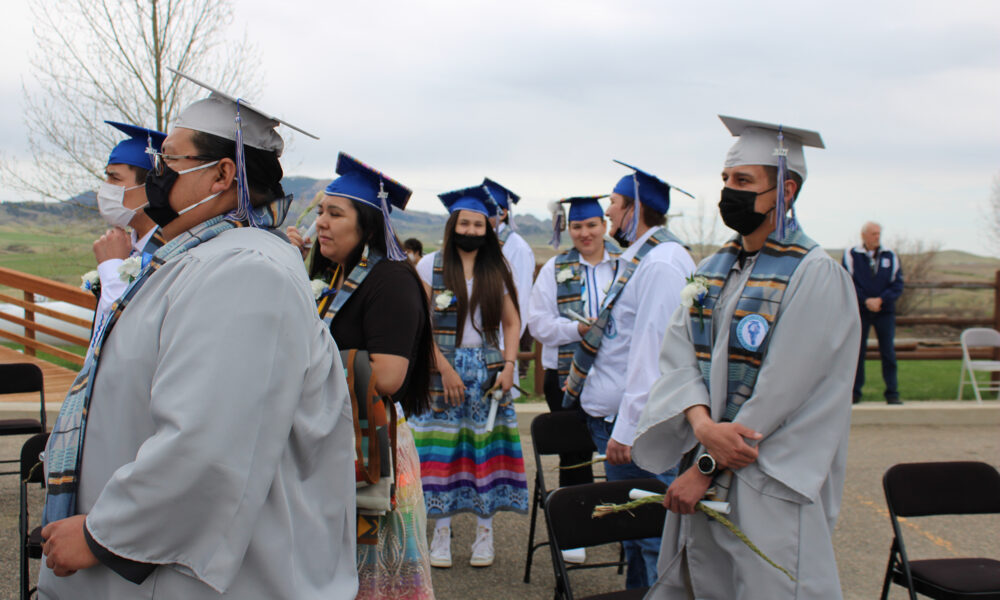Top UN Officials Resign Over The Organization’s Incapability To Protect Human Rights In Palestine
November 30, 2023

Cities and states across the country have felt the pinch from the labor shortage as critical positions go unfilled. But these challenges are particularly sharp in areas that already have a wealth of natural beauty but highly dispersed populations. In Box Elder, Mont. one unique solution is being deployed at Stone Child College.
“We realized that as the pandemic began to take its toll that we needed to find a way to get folks from our region trained and certified across many different professions. In our community, teachers are one of the most critical needs,” said Beau Mitchell with Stone Child College. The college is one of the nation’s Native-serving institutions of higher learning and provides certificates and degrees to its students, many of whom are residents of the Rocky Boy Agency.
“Our goal is to provide students with the tools they need to not only enter the teaching profession, but to thrive in it,” Mitchell said. “Just like the rest of the country, Indigenous communities need well-trained, devoted teachers. Rather than wait for teachers to move here, we are proud to be offering degrees to our local community. We’re literally growing our own teachers. It’s a real point of pride at the college and we’re excited to welcome the next class of future teachers to the program.”
With many communities already in the midst of a teacher shortage that has reached crisis levels, finding ways to empower local residents to enroll in teacher training programs is a possible solution. But with labor in short supply, many industries are struggling to find and retain qualified workers.
Another area critical to the success of rural economies is agriculture.
“Montana is ranch country and that means that you have to have a workforce that understands farming, ranching, herding, – the entirety of food production – so we developed programs with grant funding through the USDA to get more people trained and certified in agriculture,” Mitchell said. “Ultimately, we are starting to build our own Indigenous and rural workforce to combat the labor shortage. Whether someone wants to raise cattle, teach fifth-grade math, or learn commercial construction techniques, it is going to be up to rural communities to provide the training and educational opportunities that meet those critical gaps.”
Similar programs in other colleges face similar challenges. Rural populations are often faced with hurdles that can make accessing education difficult. Remote learning and hybrid classrooms have become a necessary component of modern education. As the country begins to update its communications infrastructure and provide better internet access to far flung populations, providing the technology needed to utilize it is becoming a ubiquitous part of the student experience at many colleges. Stone Child College is embracing the change.
“When students enroll, they talk with a counselor about their education needs and goals,” Mitchell said. “Part of that conversation includes what the best methods are for that student to connect with the curriculum. For example, if students need laptops or assistance with software, we have ways to provide that support.”
With more money for job training and economic recovery being contemplated in many of the federal bills, colleges and universities across the spectrum are exploring new ways to operate that support students and their academic success. Enrolling new students and preparing them for work in the pos-pandemic world will be a key concern for policy makers, educators, and communities across the west. As winter settles across both Central Texas and Central Montana, the weather might be different, but many of the conditions on the ground remain the same.